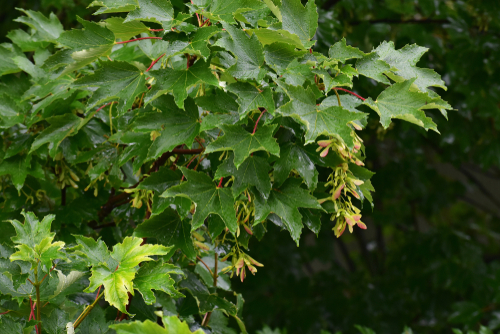Acer platanoides
Price range: £250.00 through £500.00
Frequently Bought Together


Description
Quick Facts
- Common Name: Norway Maple
- Botanical Name: Acer platanoides
- Plant Type: Deciduous tree
- Mature Height: 15-25m
- Mature Spread: 10-15m
- Flowering Period: April
- Flower Colour: Bright yellow-green clusters
- Foliage: Large, five-lobed leaves, bright green turning golden-yellow in autumn
- Hardiness: RHS H7 (very hardy)
- Soil Requirements: Moist, well-drained, tolerates most soil types
- Aspect: Full sun to partial shade
- Maintenance: Low
Description
Experience the majestic beauty of Acer platanoides, the magnificent Norway Maple that brings year-round presence and spectacular seasonal colour to English landscapes with its impressive stature and vibrant foliage. This outstanding deciduous tree offers exceptional versatility and resilience, creating bold architectural statements in parks, estates, and large gardens whilst providing welcome shade, wildlife habitat, and a breathtaking autumn display that rivals any ornamental tree in the Irish landscape.
From early spring through late autumn, this captivating tree displays its distinctive large, palmate leaves of bright fresh green that create a dense, rounded canopy providing generous shade throughout summer. In April, before the leaves fully emerge, clusters of bright yellow-green flowers create a spectacular early-season display, illuminating the bare branches and providing valuable nectar for early pollinators. As autumn arrives, the foliage transforms into warm shades of golden-yellow and amber, creating a glorious seasonal finale. The attractive grey-brown bark develops interesting fissures with age, adding winter interest to the landscape.
Native to Europe and western Asia, this remarkable species has been cherished for centuries as a robust street tree and parkland specimen. Exceptionally hardy and adaptable, the Norway Maple thrives in British conditions, tolerating urban pollution, compacted soils, coastal exposure, and a wide range of soil types whilst maintaining vigorous growth and elegant form. The dense canopy and fast growth rate make this an excellent choice for creating shade and screening quickly.
Create stunning landscape compositions by planting as specimen trees in large lawns where their impressive form and autumn colour can be fully appreciated, or use in avenues for grand approaches to properties. Magnificent in parkland settings, estate gardens, or large rural properties where their imposing stature will bring drama, seasonal interest, and enduring beauty to your Irish landscape sanctuary. Underplant with shade-tolerant species such as ferns, hostas, and spring bulbs that will thrive beneath the dappled canopy.
Caragh Garden Notebook
Planting: Space trees 10-15m apart for groupings, or allow 15-20m for specimen planting to accommodate mature spread. Plant bare-root trees from November to March, or container-grown specimens year-round. Dig holes twice the width of the root ball and incorporate organic matter. Plant at the same depth as the nursery soil mark, ensuring the root flare is visible. Stake young trees for the first 2-3 years. Water thoroughly and mulch around the base.
Soil Preparation: Thrives in a wide range of soil types with pH 5.5-8.0, from heavy clay to sandy loam. Prefers moist, well-drained, fertile conditions but tolerates both damp sites and periodic drought once established. One of the most adaptable maples for challenging soils and urban conditions. Incorporate organic matter to improve soil structure and fertility. Avoid only extremely waterlogged or very shallow, rocky soils.
Container Growing: Not suitable for long-term container growing due to size and vigorous root system. Young specimens can be grown temporarily in very large containers (minimum 80cm diameter) using soil-based compost, but should be planted out within 2-3 years for best long-term health and development.
Seasonal Care: Requires minimal pruning—simply remove any dead, damaged, or crossing branches in late autumn or winter when fully dormant. Avoid pruning in spring when sap is rising, as maples can bleed profusely. Remove any suckers emerging from the base promptly. Apply slow-release balanced fertiliser in early spring for young trees. Mulch annually with organic matter to retain moisture and suppress weeds. Water young trees during prolonged dry spells for the first 2-3 years until well established.
Propagation: Propagate from seed collected in autumn and sown immediately after stratification, though germination can be variable and seedlings take many years to reach maturity. Cultivars must be grafted onto rootstock in late winter (specialist technique). Most gardeners prefer to purchase nursery-grown trees for guaranteed quality, faster establishment, and predictable characteristics.





